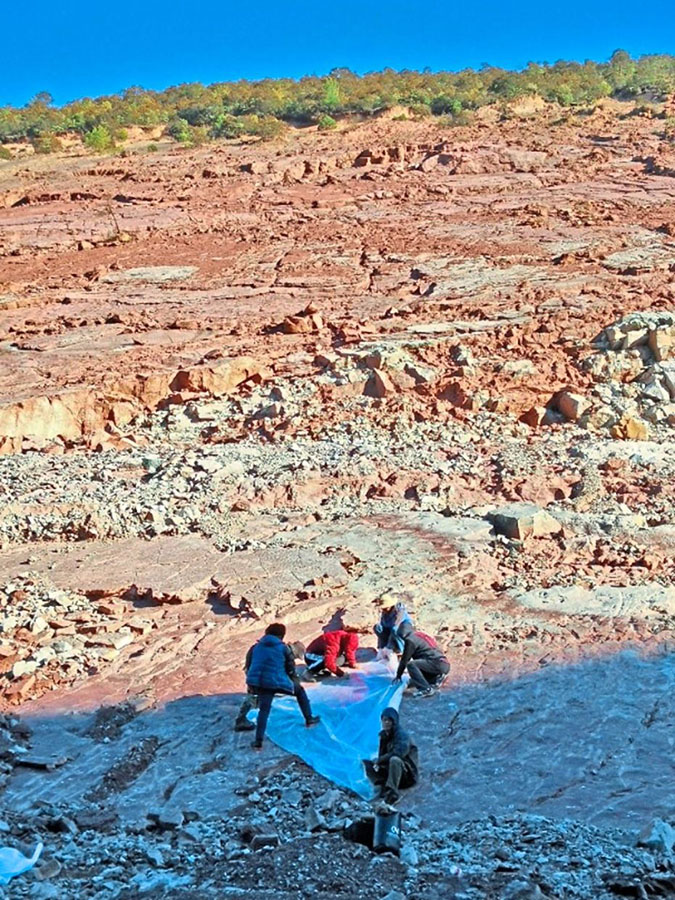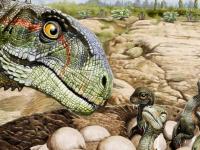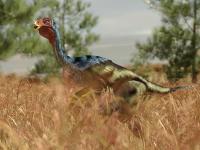Largest Dinosaur Tracksite in China Discovered

Paleontologists from home and abroad confirmed in a recently published essay that they have found the largest dinosaur tracksite ever discovered in China in Zhaojue, Sichuan province.
The site covers an area of over 9,000sq m, including at least 933 tracks.
The essay, co-written by Xing Lida, associate professor of China University of Geosciences (CUG), doctoral candidate Wang Miaoyan from CUG, Peng Guangzhao and Ye Yong, researchers from the Zigong Dinosaur Museum, Martin G. Lockley, professor at the University of Colorado Denver, and Hendrik Klein, dinosaur scholar from Germany, has been published in the international geological periodical Geoscience Frontiers.
Located in the middle of a copper mine in Zhaojue, these were arguably the most important tracksites in southwestern China, containing diverse sauropod, theropod, ornithopod and pterosaur track assemblages, the essay said.
The Zhaojue tracksites extend 1km from north to south and span 0.5km from east to west, consisting of four important track-bearing surfaces, numbered as I, II, IIN (north) and III, of which Zhaojue-I was first reported in 1994 and the others were sequentially discovered from 2012 to 2019.
The four tracksites contain a total of 1,928 tracks, covering an area of over 10,000sq m, including the previously reported pterosaurs and theropod swim tracks.
Zhaojue-II experienced two exposures. In 2013, paleontologists found the first dinosaur’s swimming track there in China. The copper mining later increased the exposure of the tracksite so that it has been recognised as the largest dinosaur track site so far discovered in China.
From 2017 to 2019, paleontologists mapped the tracksite using drone technology, finding at least 933 recognisable dinosaur tracks, and the longest sauropod and ornithopoda tracks ever recorded in China, which measure 80m and 52m respectively.
The Zhaojue-II tracksite contains 61 trackways and seven isolated tracks, representing 68 track makers, of which 54% were ornithopoda.
“Because the tracksites contain tracks of many different kinds of dinosaurs, it is important to the study of the living environment of dinosaurs in the Cretaceous Period, ” Peng said. — China Daily/ANN
Source: www.thestar.com.my/








